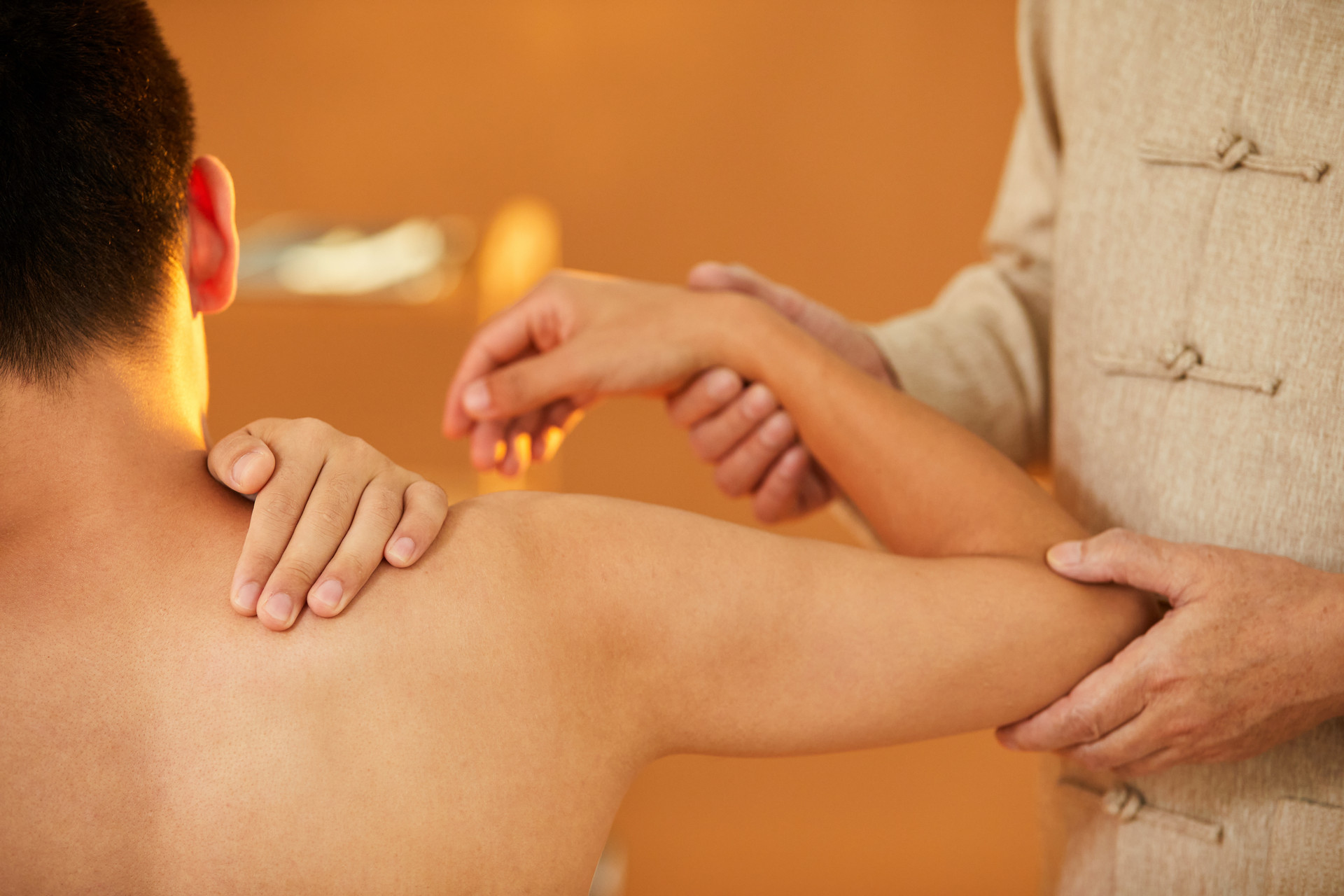Pediatric massage is an important part of traditional Chinese massage. It has its own characteristics from basic to clinical.
【Physiological Characteristics of Children】
The main physiological characteristics of children are vigorous vitality, rapid growth, but delicate organs and insufficient qi. After birth, children are constantly growing and developing, becoming stronger and healthier. The ancient Chinese referred to children at this stage of rapid development as "pure yang bodies." However, children are also like tender buds, with weak internal organs. Therefore, they are described as "immature yang, immature yin." Immature yin and yang refer to the fact that the children's physical form and physiological functions have not yet fully developed and require special care.
【Pathological Characteristics of Children】
The main pathological characteristics of children are sudden onset of illness and significant changes, but with proper medical treatment, they easily recover. Due to their fragile constitution and weak function, children are susceptible to external pathogens and internal dietary imbalances. They are easily affected by the six exogenous pathogens and dietary factors. They often cannot tolerate sudden strong stimuli and may easily experience a state of fear. Inadequate congenital endowment or postnatal feeding disorders can cause developmental disorders, manifested as delayed growth and weak physique. Moreover, due to their poor resistance to diseases, children are particularly prone to infectious diseases such as measles, mumps, and whooping cough. When children become ill, their condition is often more severe than in adults. High fever can easily lead to convulsions and seizures, while exposure to cold wind can easily cause pneumonia and wheezing. In summary, children's illnesses progress rapidly, change frequently and quickly, and can be complicated by serious conditions. However, with timely diagnosis, proper treatment, and appropriate care, they are also more likely to recover quickly and restore their physiological functions.
【Diagnostic Characteristics】
First of all, children cannot express their symptoms, so the diagnosis is often indirect and may not accurately reflect the actual situation. Even older children who can speak may have difficulty expressing themselves clearly. Secondly, infants have insufficient qi and blood, making it difficult to assess their pulse. Especially when examining them, crying and restlessness can further affect their breathing and pulse. Although auscultation can reflect some information, it is not comprehensive enough. Only observation is not limited by various conditions and can reflect the condition more reliably, so it should be valued. In addition, from the perspective of the eight principles of differentiation, due to the excessive yang in children, when they are affected by external pathogens, they are prone to cold turning into heat. Clinically, yang syndrome, heat syndrome, and excess syndrome are more common. Below are some diagnostic methods that are particularly characteristic of children.
1. Observing Children's Fingerprints: Fingerprints are the veins exposed on the radial side of the index finger, which is a branch of the Lung Meridian of the Hand Taiyin. Therefore, observing fingerprints has a similar clinical significance as checking the cun pulse. Since the pulse-taking position in children is small and short, and they often cry and become restless during the examination, affecting the authenticity of the pulse, the skin at the fingerprint site is thin and tender, and the veins are easily exposed. Therefore, the changes in fingerprints are often combined with other diagnostic methods to assist in diagnosis in children under the age of three.
There are three sections in fingerprints: "Wind," "Qi," and "Life." The palm-side fingerprint of the index finger is "Wind," the fingerprint between the proximal and middle phalanges is "Qi," and the fingerprint between the middle and distal phalanges is "Life" (Figure 194).
(1) Method of observing fingerprints: Under natural light, expose the child's little hand. The doctor holds the child's index finger's distal end with the thumb and index finger of the left hand, and gently pushes from the radial side of the child's index finger with the thumb of the right hand, from the fingertip to the root of the finger, a few times with moderate force to make the fingerprint more visible for observation.
(2) Contents of observing fingerprints: mainly analyze and observe fingerprints from three aspects: color, length, and floating or sinking.
Color: Normal fingerprints are light red and appear hidden in the "Wind" section. After the onset of illness, if the color is bright red, it is mostly an external pathogenic wind-cold pattern; if it is purplish-red, it is mostly a heat pattern; if it is purplish-black, it is mostly blood stasis, and the condition is serious; if it is pale, it is mostly a deficiency pattern; if it is stagnant and dark, it is mostly an excess pattern; if it is blue, it is mostly wind patterns or pain patterns.
Length: Generally speaking, if fingerprints are in the "Wind" section, it indicates a superficial and mild disease; if fingerprints go beyond the "Qi" section, it indicates that the pathogenic factor has penetrated deeper; if fingerprints reach the "Life" section, it indicates a more severe condition; if the fingerprints extend all the way to the nail, it is called "transcending the section and reaching the nail," indicating a severe and stubborn condition.
Floating or sinking: If fingerprints are clearly visible, it indicates a superficial condition; if they are not visible, it indicates an internal condition.
In modern medicine, observing fingerprints in children is actually observing the superficial veins on the radial side of the index finger. The changes in the fullness of fingerprints are mainly related to venous pressure. Most children with heart failure, pneumonia, and other conditions can be seen with fingerprints extending to the "Life" section, which is due to increased venous pressure. The higher the venous pressure, the greater the fullness of the fingerprints, and the more they extend to the fingers.
| 1 2 > >> >>|







